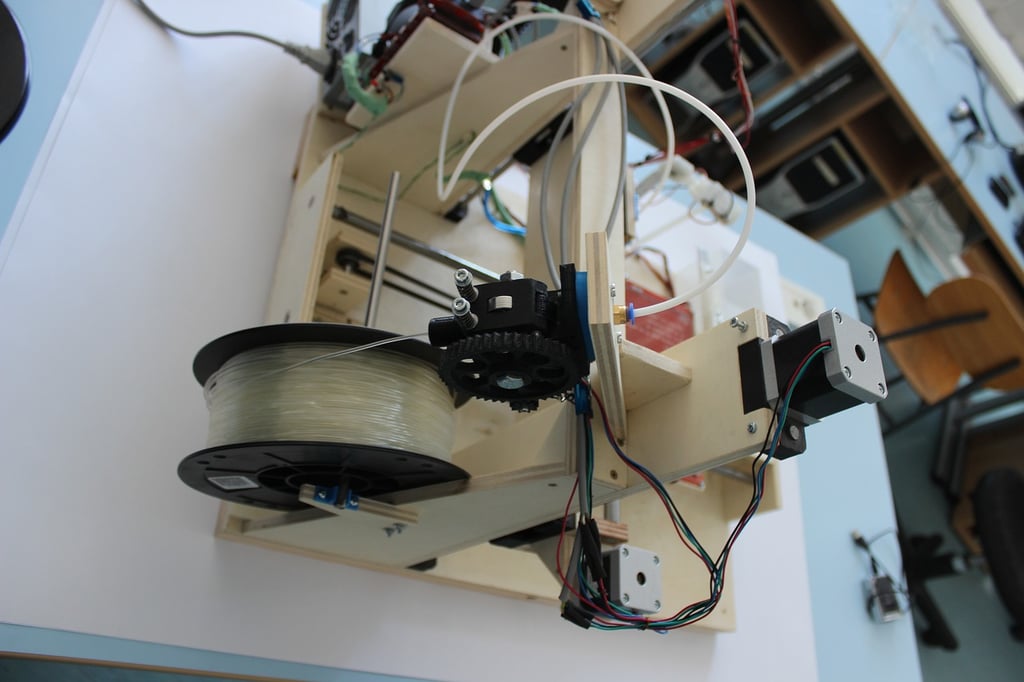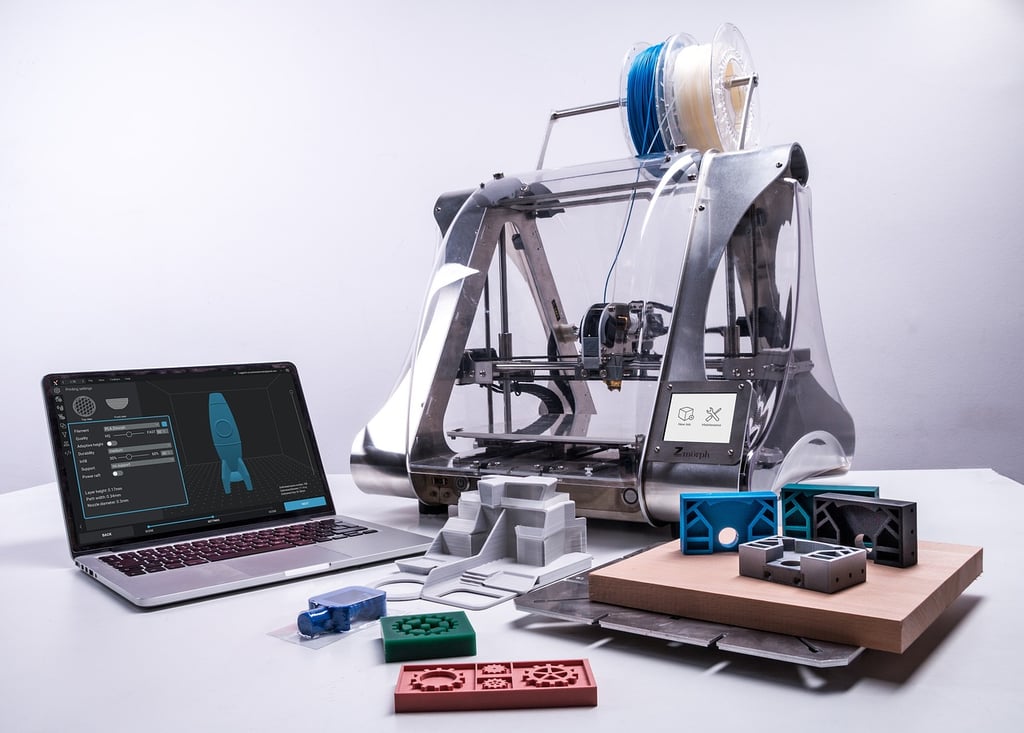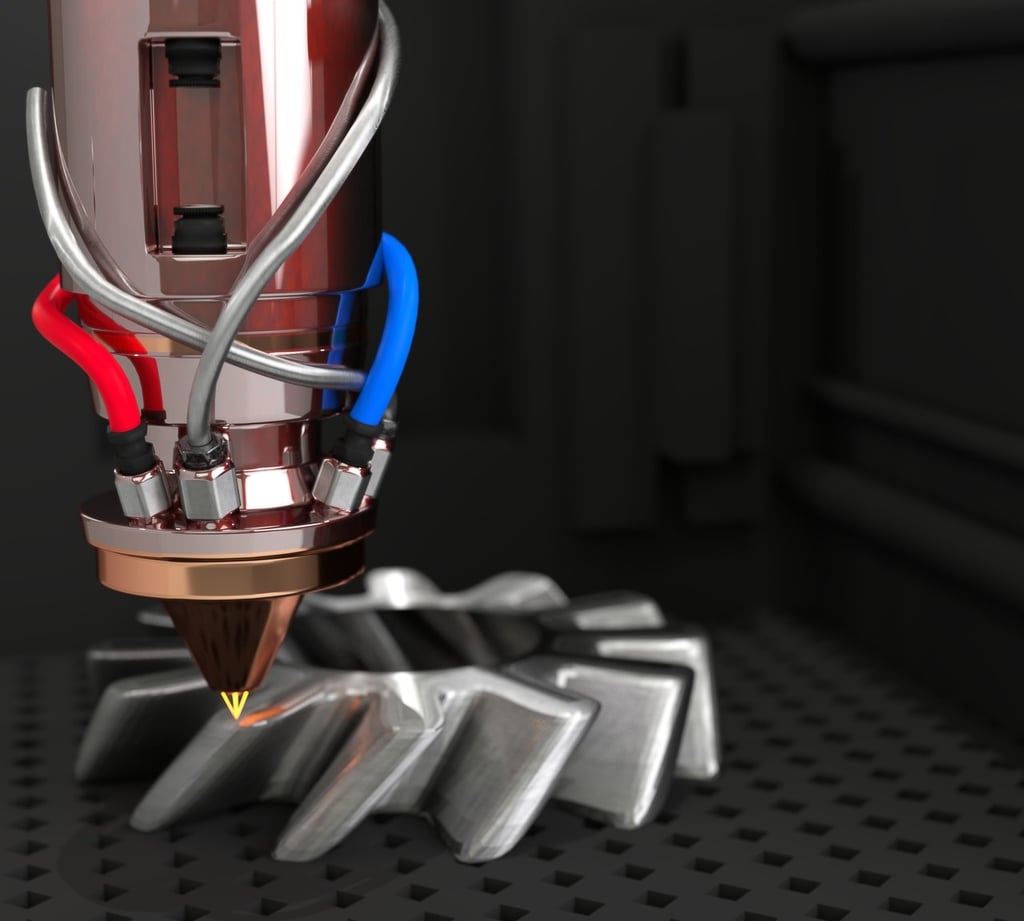Understanding the Feasibility of Pausing a 3D Print Overnight
3D printing has revolutionized the manufacturing industry, enabling individuals and businesses to create objects with incredible precision and complexity. However, one common concern among 3D printing enthusiasts is whether it is possible to pause a 3D print overnight. In this article, we will delve into the feasibility of pausing a 3D print and explore the potential pros and cons associated with this practice.
Pros of Pausing a 3D Print Overnight
Pausing a 3D print overnight can offer several advantages. Firstly, it allows you to save on electricity costs. 3D printers consume a significant amount of power, and by pausing the print, you can reduce the duration of operation and consequently save energy.
Moreover, pausing a print overnight can be beneficial in terms of time management. If you have a long print that would otherwise take several hours to complete, pausing it overnight can help you break down the printing process into manageable time slots. This way, you can continue the print during the day and resume it at a later time without having to leave your printer running unattended for extended periods.
Another advantage of pausing a 3D print overnight is the potential to avoid failed prints due to unexpected errors or malfunctions. If you encounter any issues during printing, such as a filament jam or a power outage, pausing the print overnight can give you the opportunity to address the problem and resume printing with minimal wastage of time and materials.
Cons of Pausing a 3D Print Overnight
While there are benefits to pausing a 3D print overnight, there are also some potential downsides to consider. One major concern is the adhesion of the partially printed object to the print bed. When a print is paused, the filament may cool down and harden, which could make it difficult for the print to adhere properly when you resume printing. This can lead to warping, detachment, or even a failed print.
Additionally, pausing a 3D print overnight can introduce the risk of dust, debris, or other contaminants settling on the print bed or the partially printed object. This can negatively affect the print quality and require additional post-processing to rectify any imperfections introduced during the pause.
Furthermore, pausing a print overnight means leaving your printer unattended for an extended period. This can be a concern from a safety perspective, as 3D printers generate heat and have electrical components that could potentially lead to accidents if left unsupervised for long durations. It is crucial to assess the reliability and safety features of your printer before deciding to pause a print overnight.
Best Practices for Pausing a 3D Print Overnight
If you decide to pause a 3D print overnight, there are some best practices to follow to minimize potential issues. Firstly, ensure that your printer has a dedicated pause/resume function to allow for seamless continuation of the print. This feature helps maintain the proper temperature of the nozzle and the print bed, reducing the risk of adhesion problems.
Prior to pausing the print, clean the print bed and the surrounding area to eliminate any dust or debris that could compromise the print quality. You may consider using a removable print surface like a glass plate or a flexible build plate, which can be easily detached and stored overnight to prevent contamination.
Additionally, it is advisable to monitor the print for a few minutes after resuming it to ensure that everything is functioning properly. This allows you to detect any potential issues early on and take corrective measures before they escalate.
Conclusion
Pausing a 3D print overnight can be a practical solution to manage time, save energy, and address unexpected printing issues. However, it is important to weigh the pros and cons and follow best practices to ensure successful resumption of the print. By understanding the potential challenges and taking necessary precautions, you can make an informed decision on whether pausing a 3D print overnight is suitable for your specific printing needs.
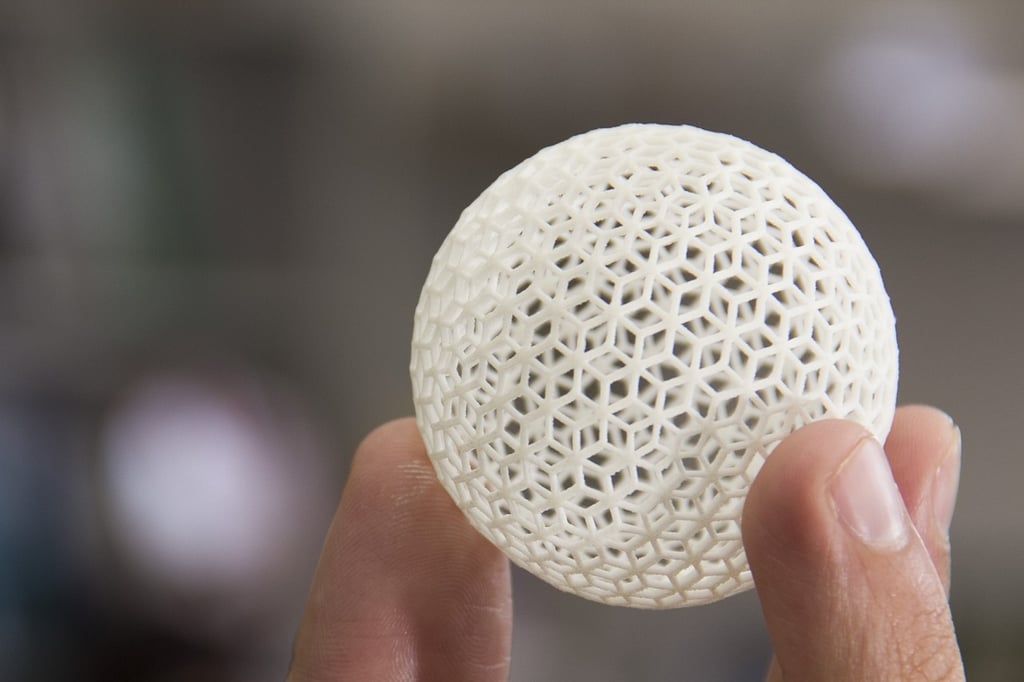
Relative Articles
-
What is an Extruder in 3D Printing?
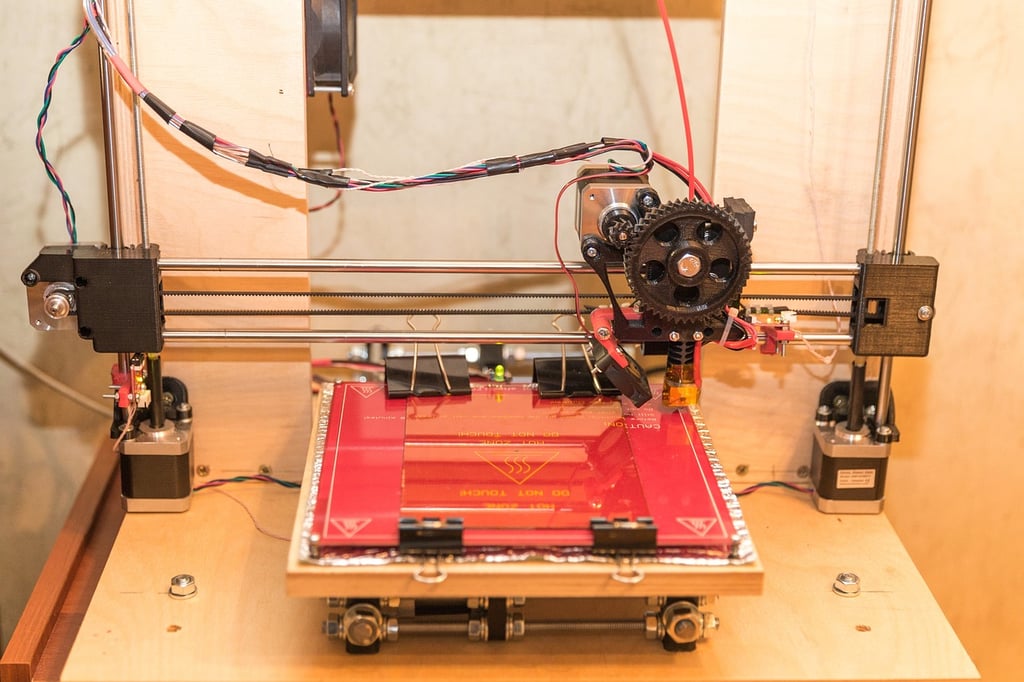
-
Is 3D Printing Hard? Exploring the Prospects of This Innovative Technology
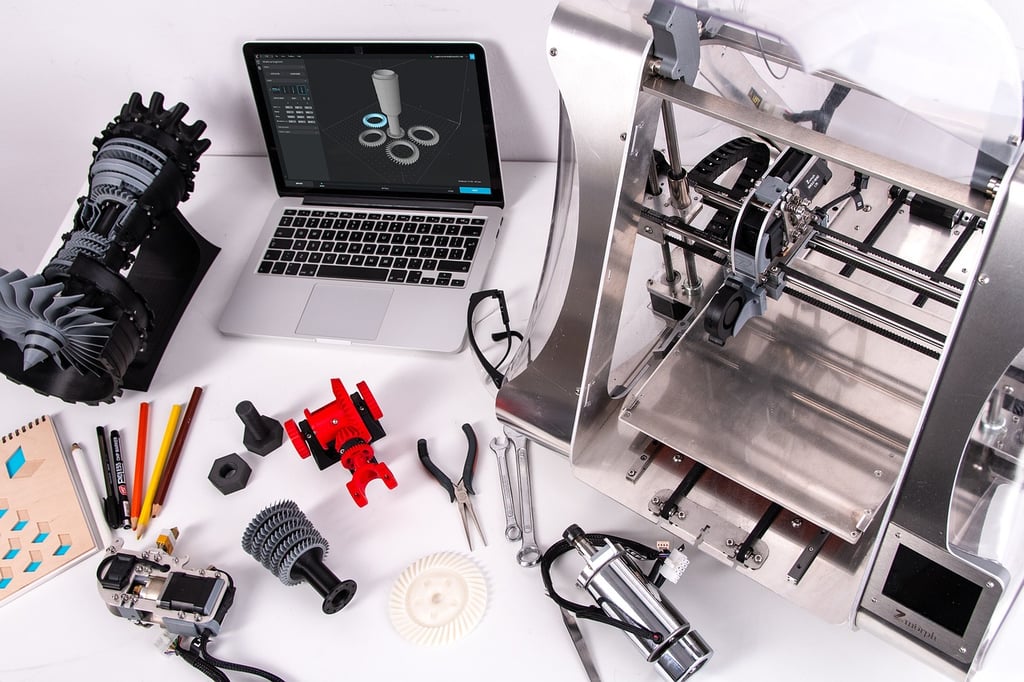
-
How to Remove Raft from 3D Print: A Step-by-Step Guide
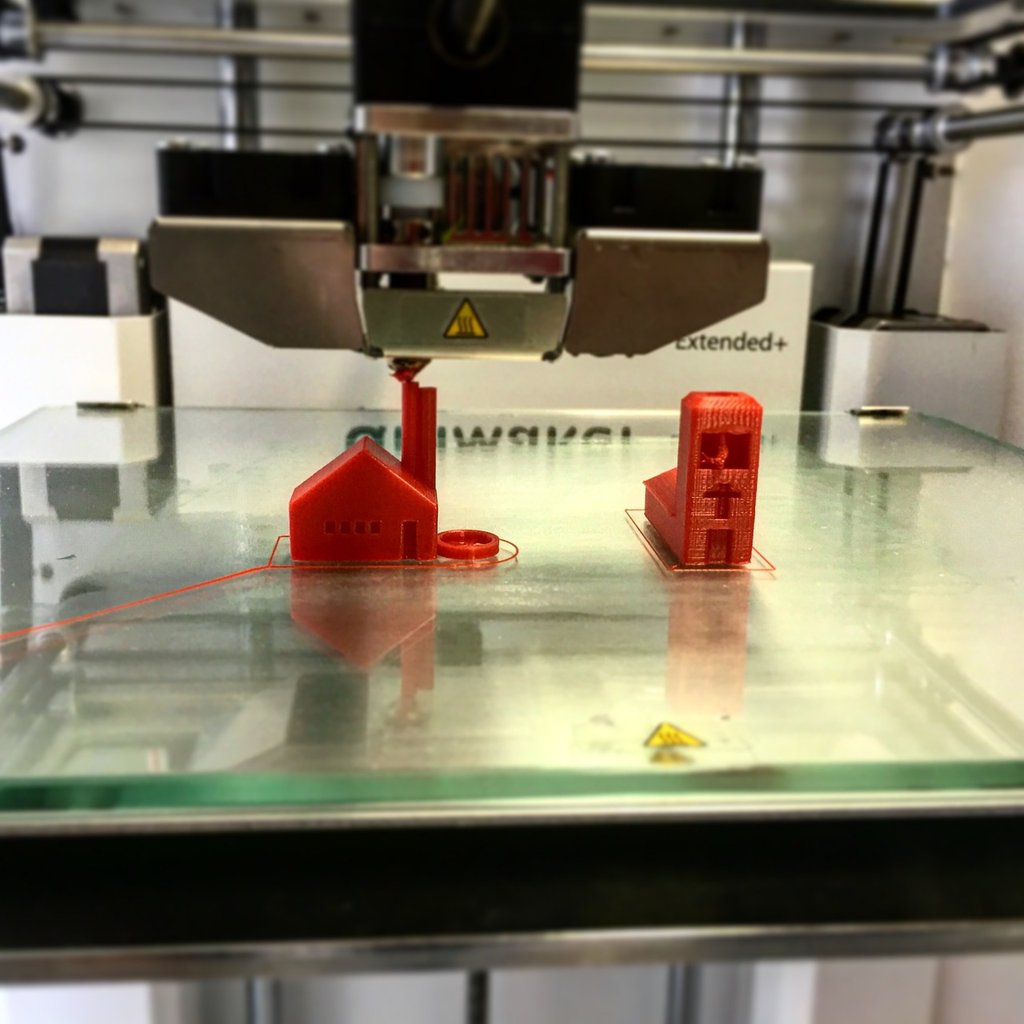
-
How to Clean Up Stringing on 3D Print
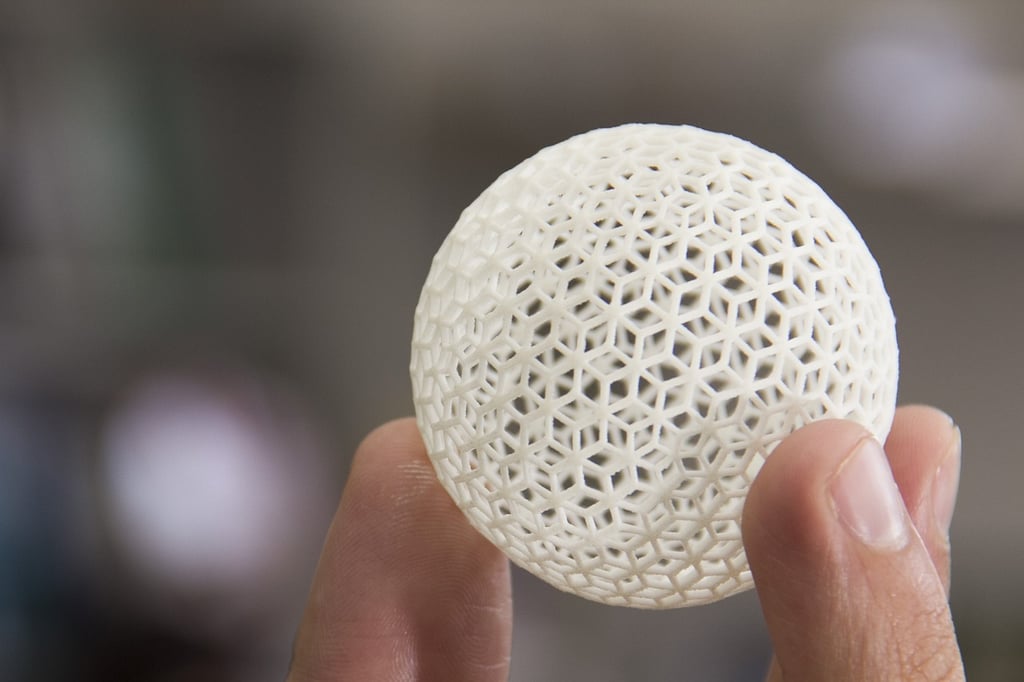
-
How to Calibrate Your 3D Printer for Optimal Performance
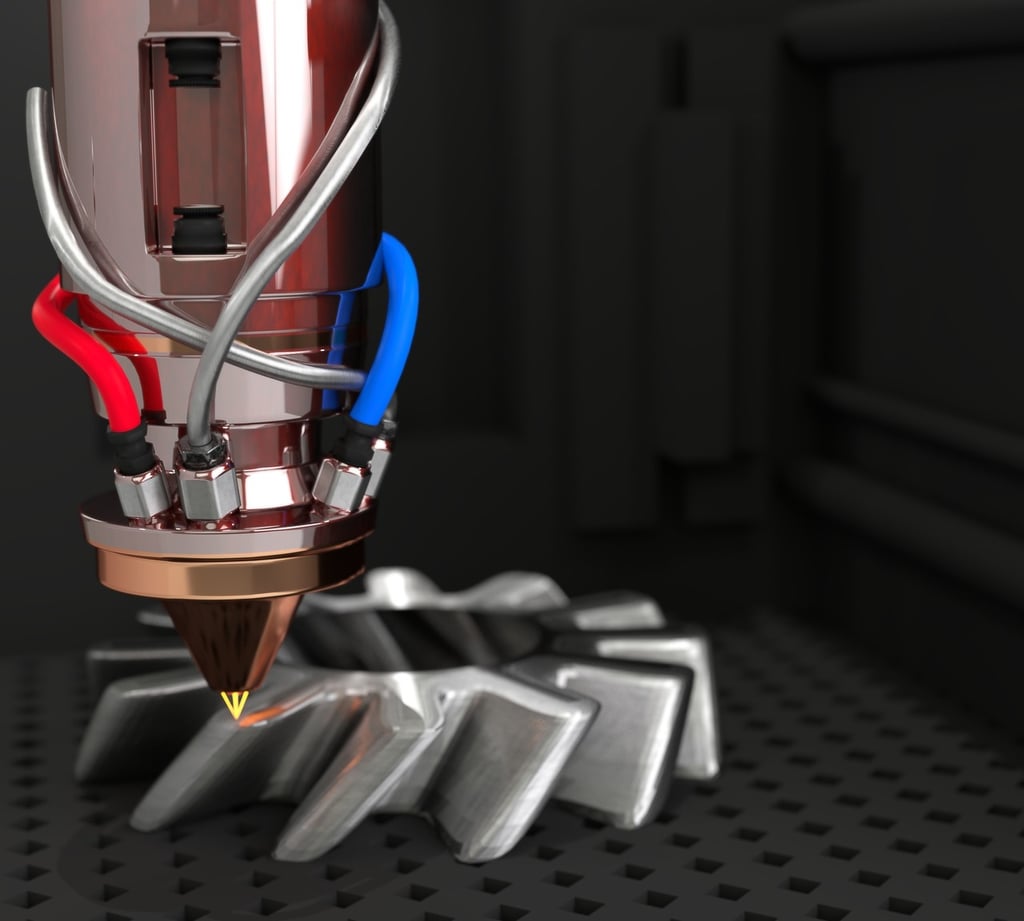
-
How to 3D Print Large Objects
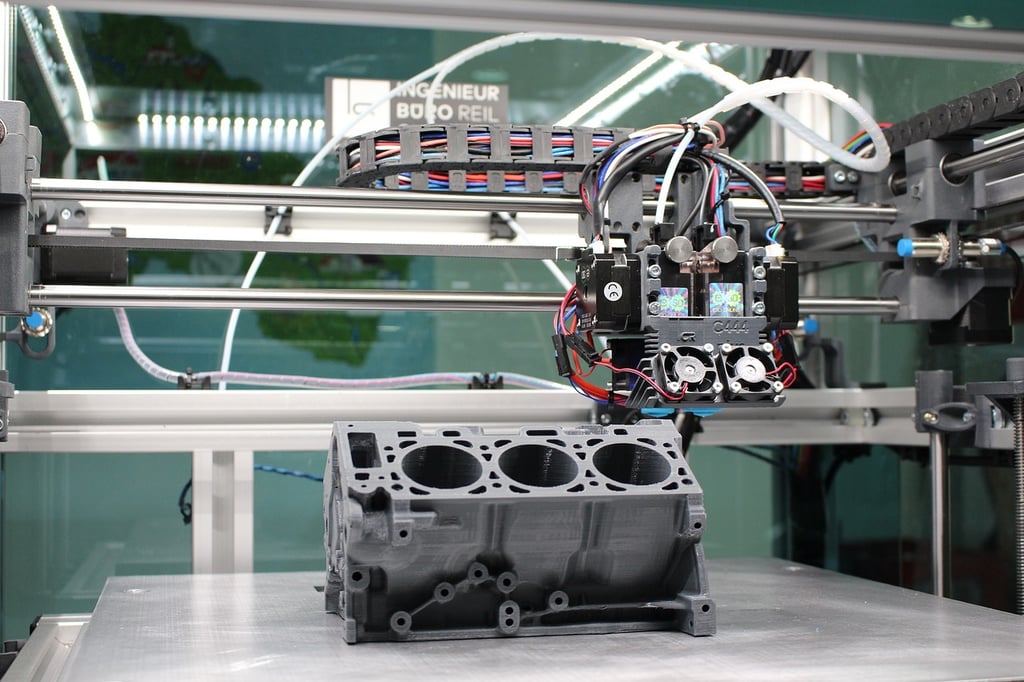
-
How to Recycle 3D Printer Filament: A Comprehensive Guide
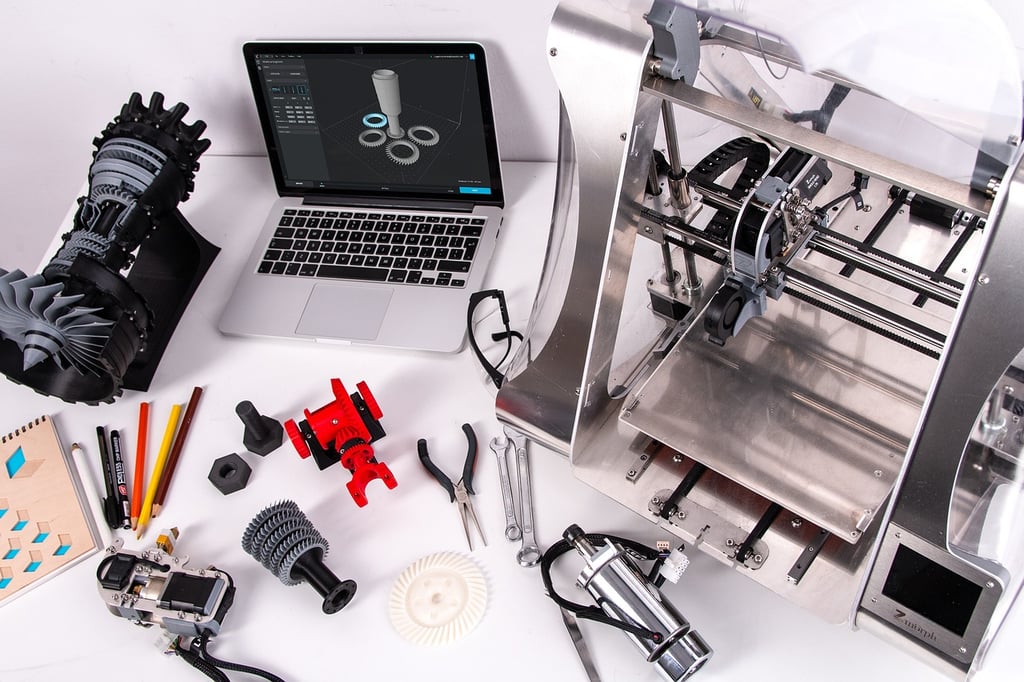
-
How to Make 3D Printer Filament from Plastic Bottles
